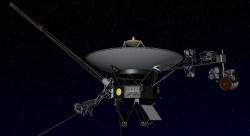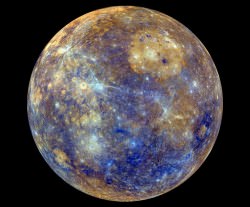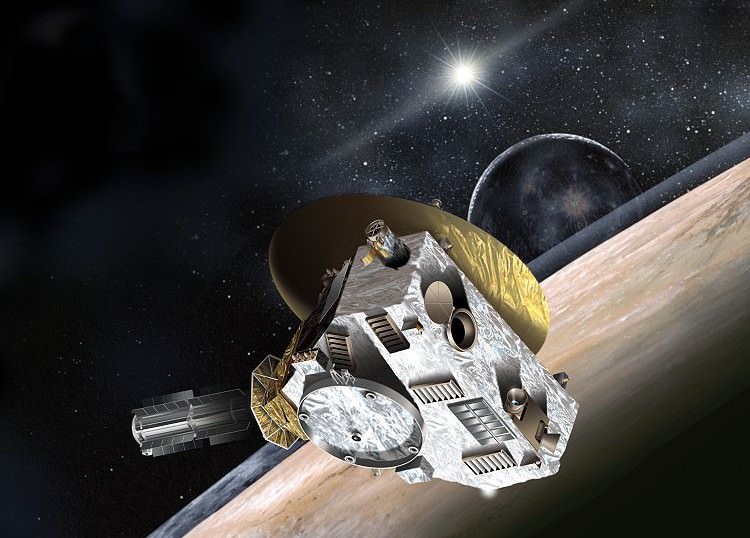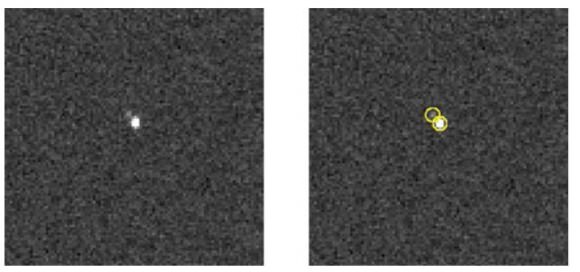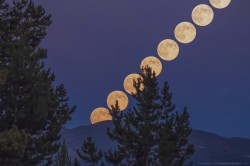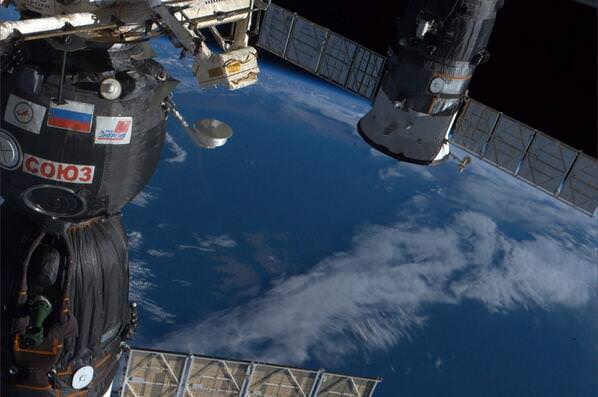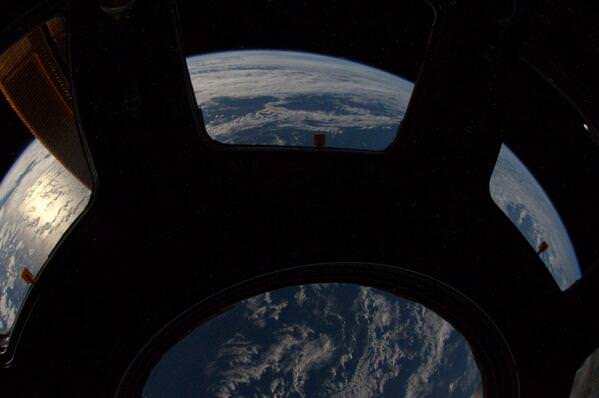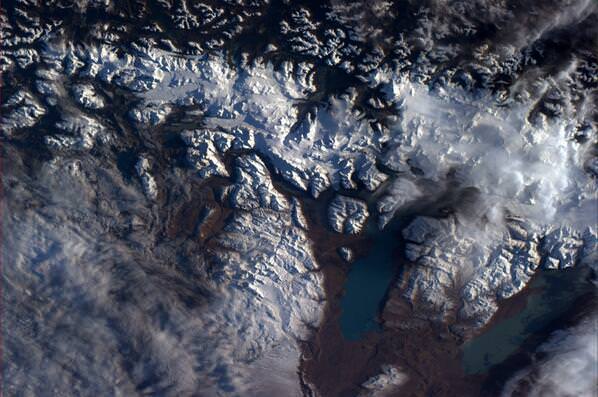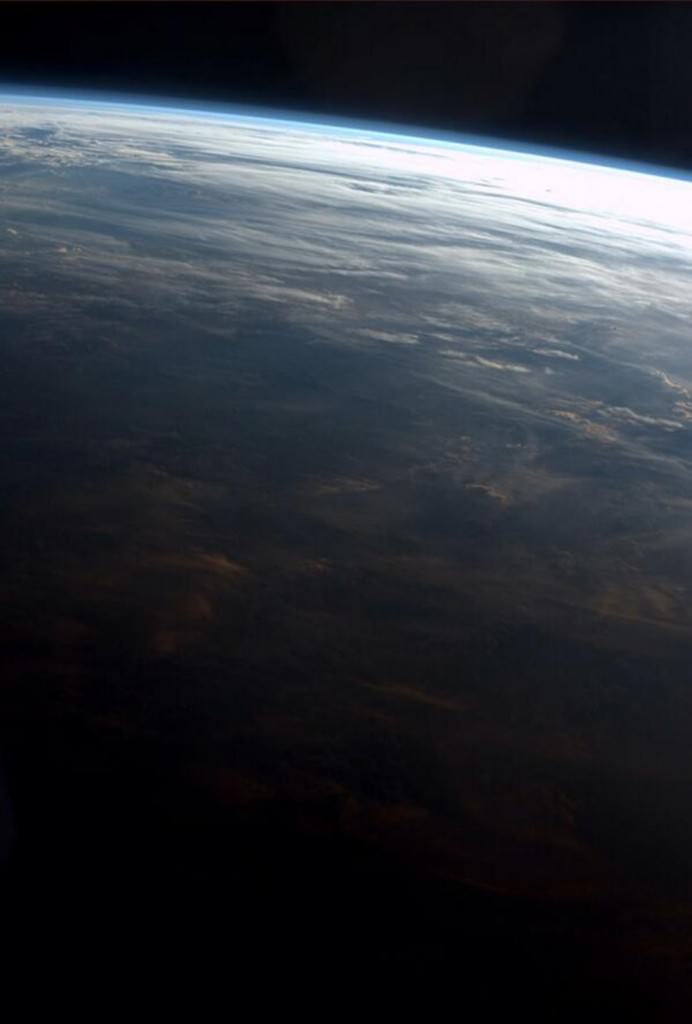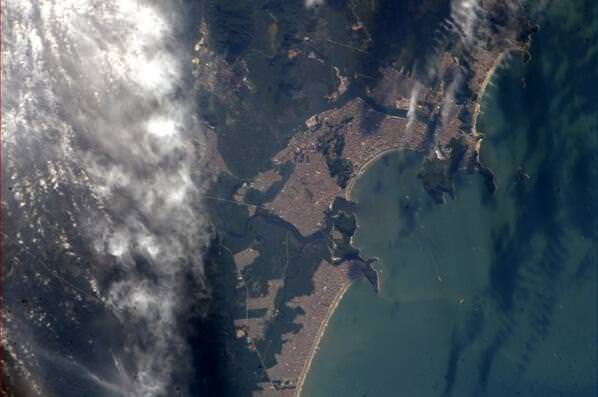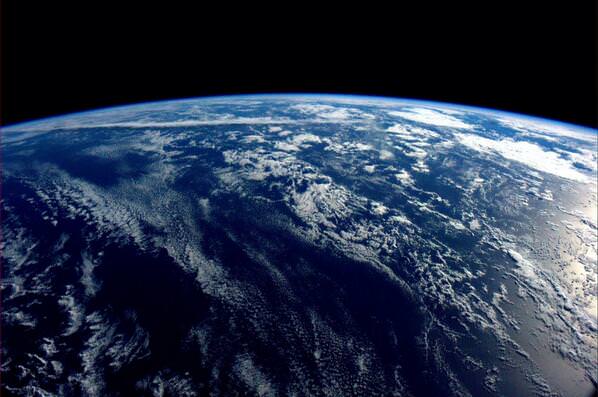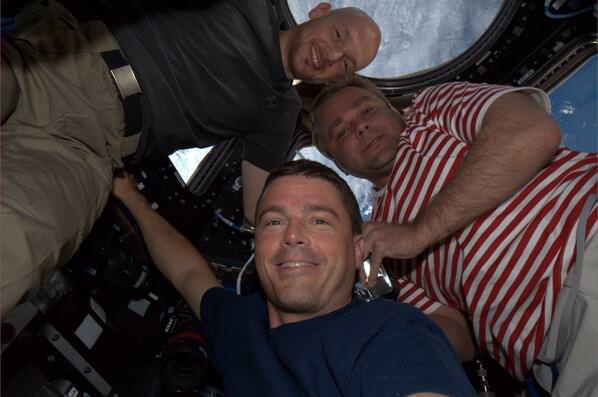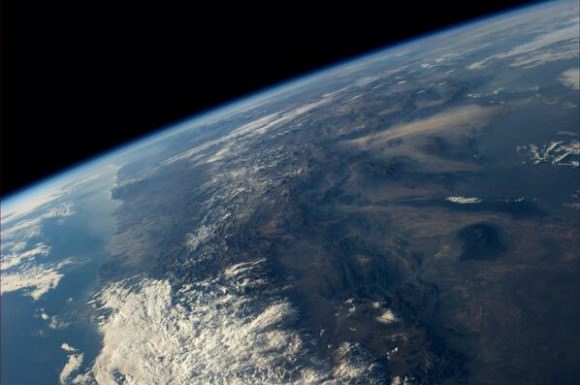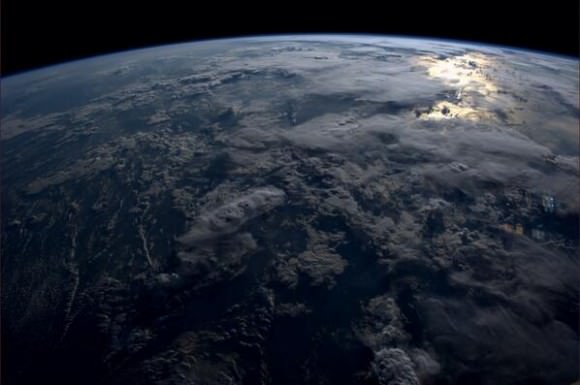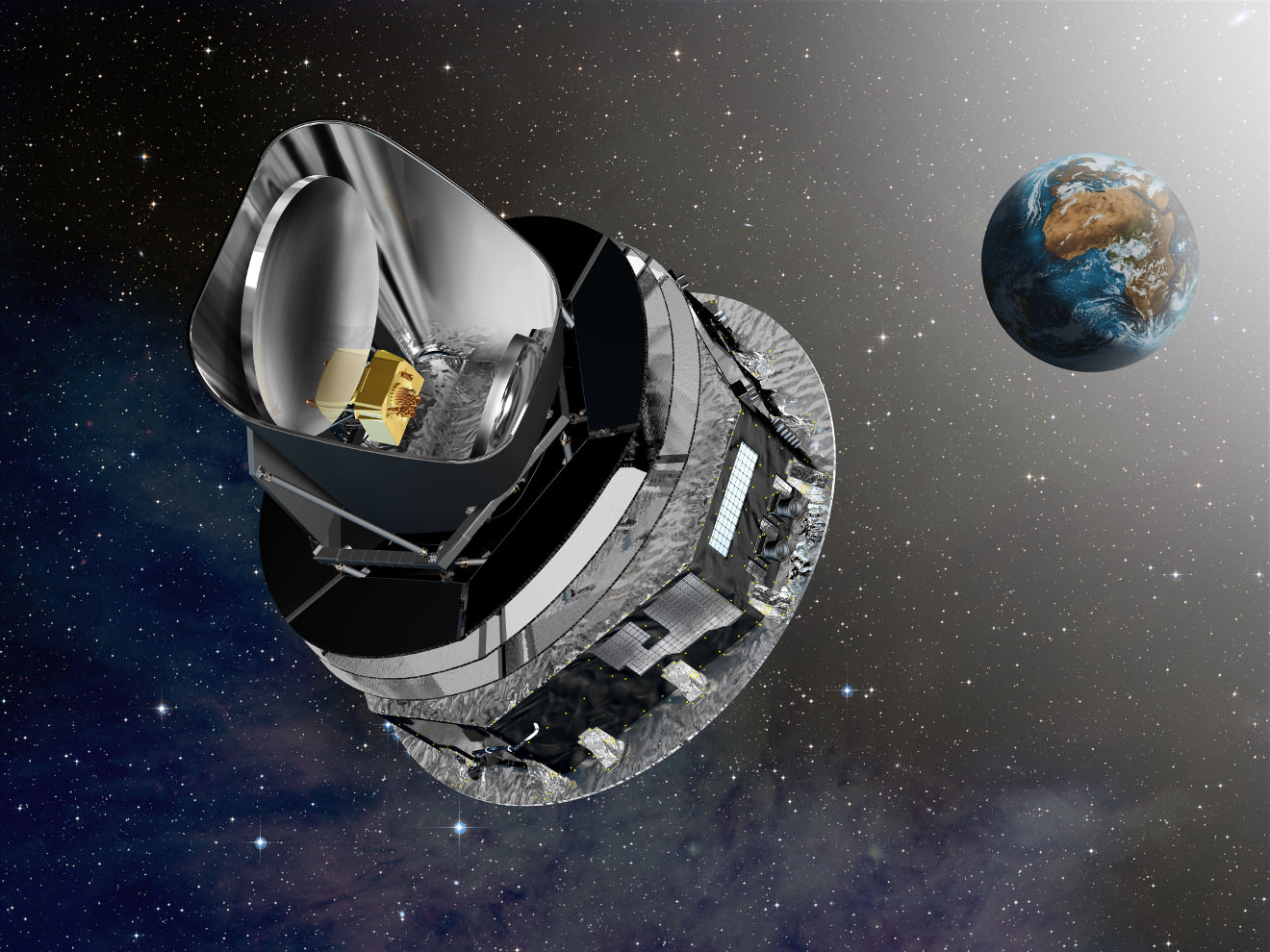The Sun has a Swiss army knife of ways it can do you in, from radiation to solar flares. And when it dies, it’s taking you with it. What are the various ways the Sun can do you in?
There’s a terrifying ball of fire a short 150 million km away. Which, in galactic terms, is right on our doorstep. This super-heated ball of plasma-y death, has temperatures and pressures so high that atoms of hydrogen are crushed into helium.
We’ve told ourselves we’re a safe distance away, and generally understate the dangers of being gravitationally bound to a massive ongoing nuclear explosion which is catastrophically larger than anything we’ve ever managed to create here on Earth. We take its warmth and life-giving light for granted, and barely give it a second thought as we sunbathe, or laugh gregariously while frying eggs on sidewalks on days when it’s scorchingly hot out.
Have we been lulled into a false sense of security by an ancient and secret society of bananas crazy sun cultists? Instead of worshiping the giant BBQ death ball, should we be cowering in fear, waiting for the next great solar flare? So, how dangerous is that thing? What are all the ways the Sun could do us in? And how many of them does my insurance cover?
First, in 4.5 billion years nothing has managed to destroy our planet. In fact, life itself has existed for almost Earth’s entire history, and nothing has scoured the planet clear of all forms of life. So, don’t worry the most reasonable risk we face from the Sun in our lifetimes is from a solar flare – a sudden blast of brightness on the surface of the Sun.
These occur when the Sun’s magnetic field lines snap and reconfigure, releasing an enormous amount of energy. It’s the equivalent of hundreds of billions of tonnes of TNT and if we’re staring down the barrel of this blast, it’ll fire a stream of high energy particles right up our nose.
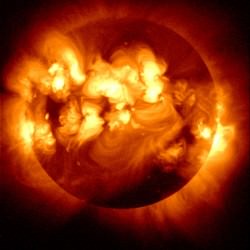
Fortunately, the Earth has evolved in a highly radioactive environment. We’re blasted by radiation from the Sun all the time. The Earth’s magnetic field lines channel the particles towards the poles, which is why we get to see the beautiful auroral displays.
We’re at little risk from flares from the Sun, but our technology isn’t so lucky. The increase of geomagnetic activity in our vicinity can overload electrical grids and take satellites offline. The most powerful geomagnetic storm in history, known as the Carrington Event in 1859, generated auroras as far south as Cuba. It didn’t cause any damage then, but it would cause a lot of damage to our fragile technology today.
For those of you now resting comfortably I say… Not so fast. This episode isn’t over yet. Our Sun is heating up, and its energy output is increasing.
As it uses up the hydrogen in its core, this region of the Sun contracts a little, and the Sun increases in temperature to balance things out. Over the next few hundred million years, temperatures on Earth will rise and rise. Within a billion years, the surface of the planet will be an inhospitable oven.
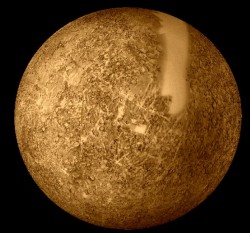
Eventually the oceans will boil and the hydrogen will be blown out of the atmosphere by the Sun’s solar wind. Even though the Sun will remain in its main sequence phase for another 4 billion years after that, any life will need to be living underground.
Of course, as we’ve discussed in previous episodes, the Sun’s final act of destruction will happen when it runs out of hydrogen fuel in its core. The core will contract and the Sun will puff up into a red giant, consuming the orbits of Mercury, Venus and possibly the Earth. And even if it doesn’t consume the Earth, it’ll hit our planet with so much heat and radiation that it’ll finally get around to scouring any life off the surface.
So, like your fanatical sun cultist friends. Don’t worry about the Sun. It might make sense to keep some spare batteries around for the times when solar flares knock out the lights for a few days, but the Sun is remarkably safe and stable. We’ve got billions of years of warm light and heat from our star. But after that, it might make sense to shop for a new home.
So what do you think? Where do you think we should move when the temperature of the Sun heats up?



